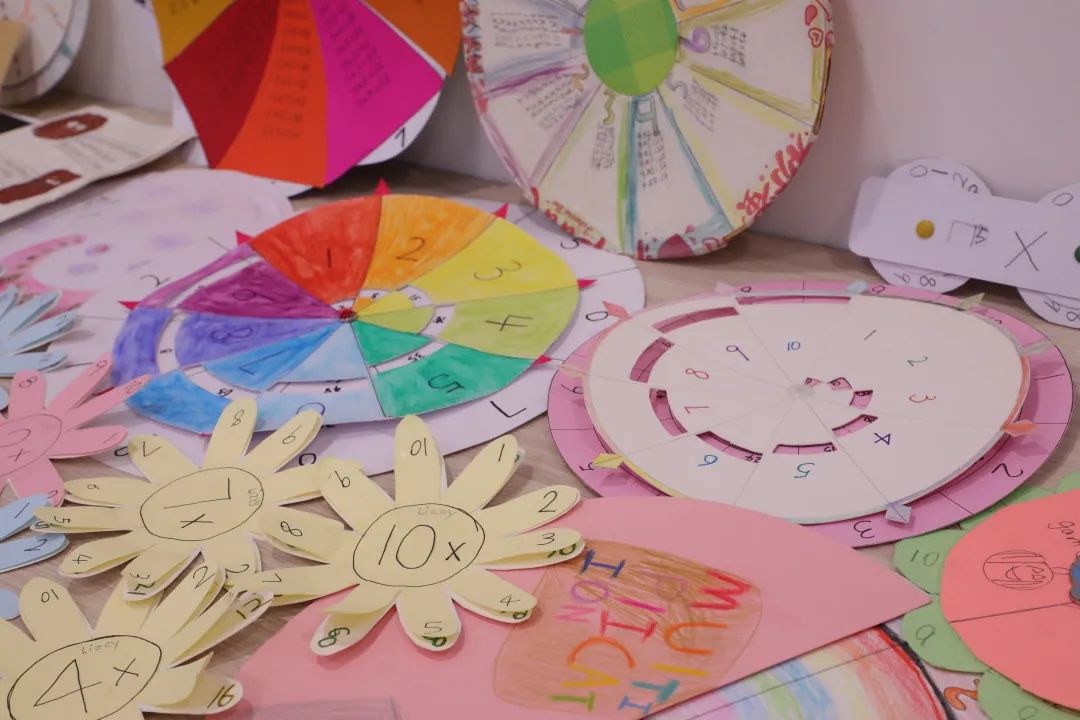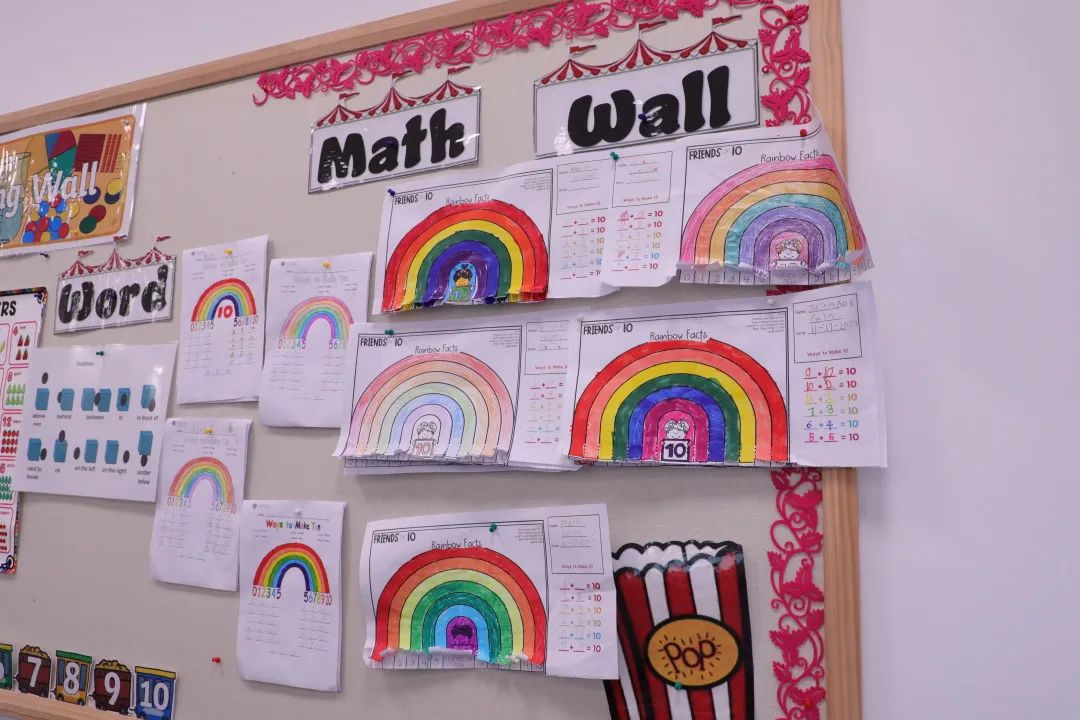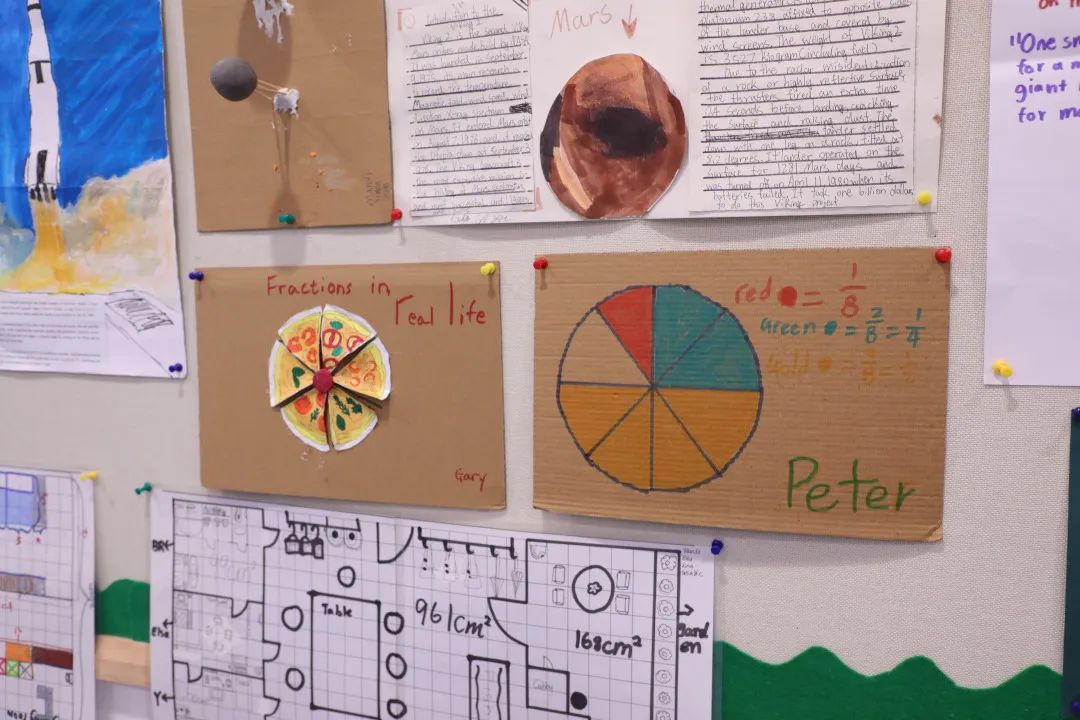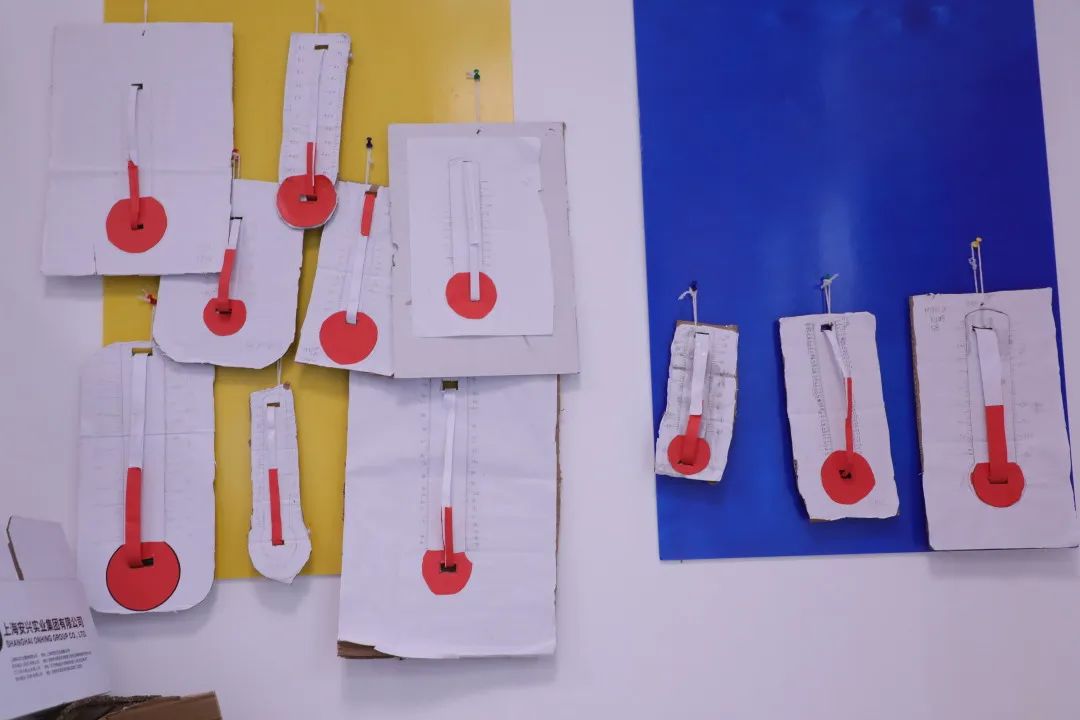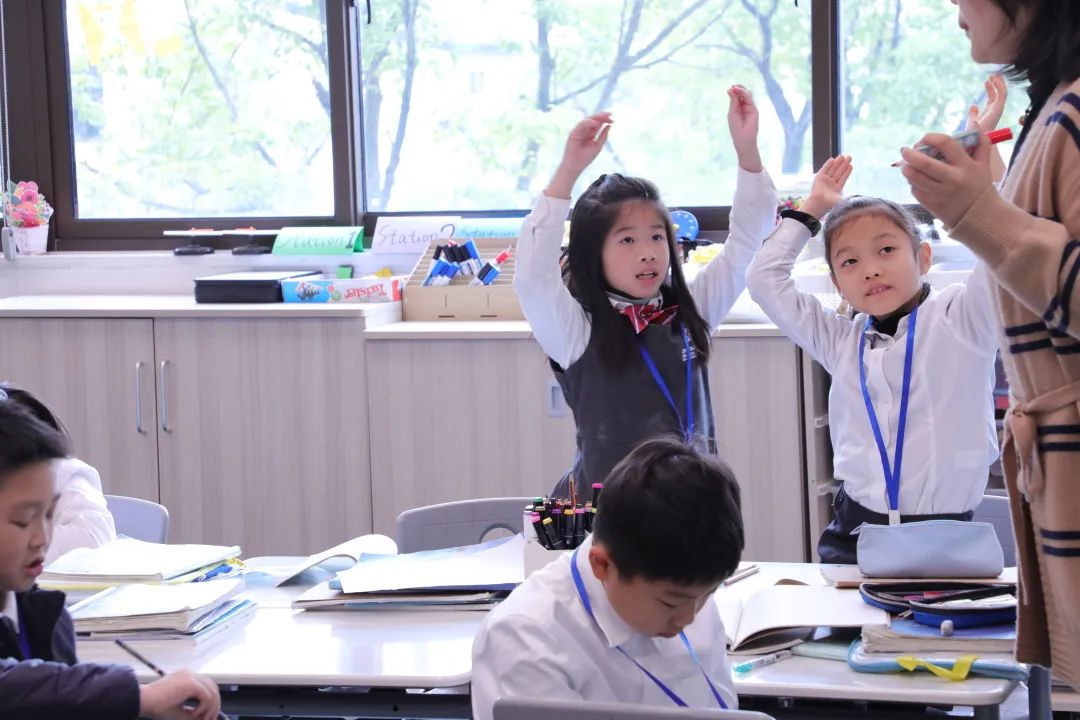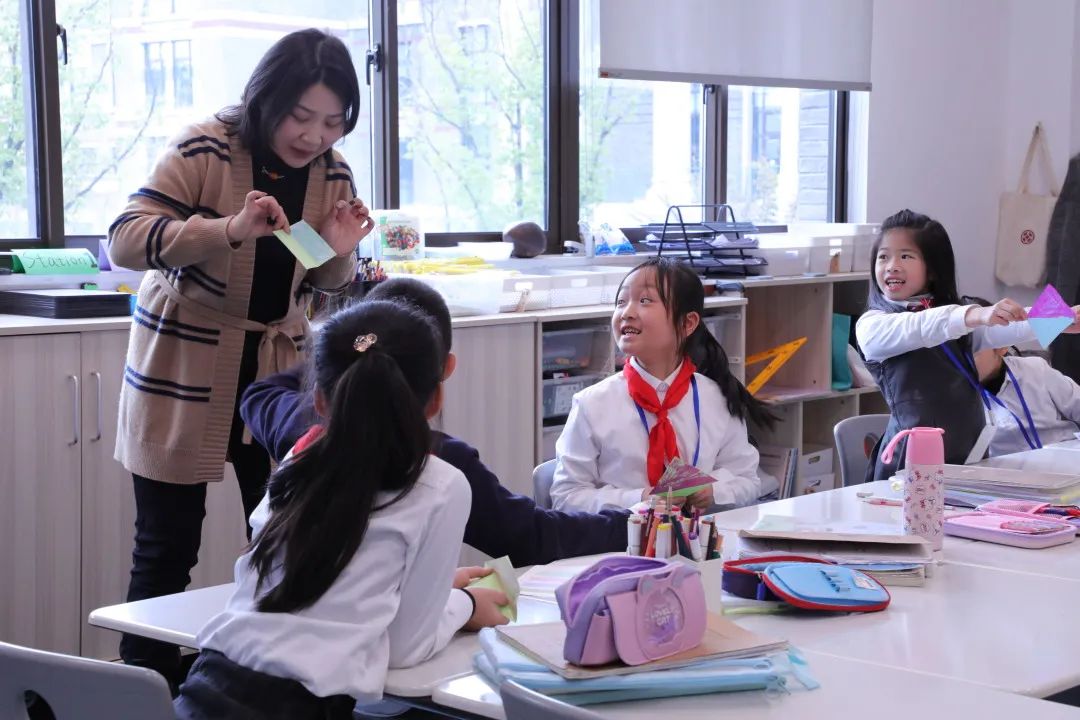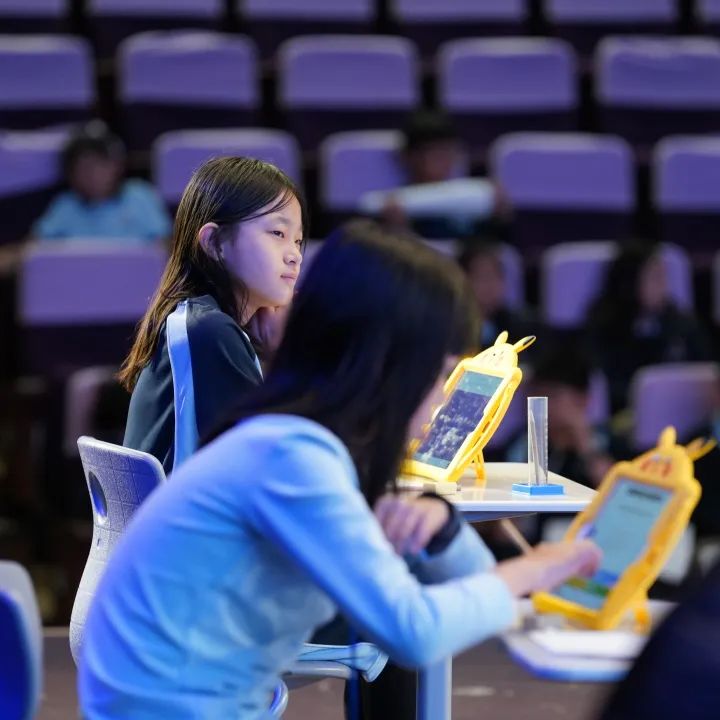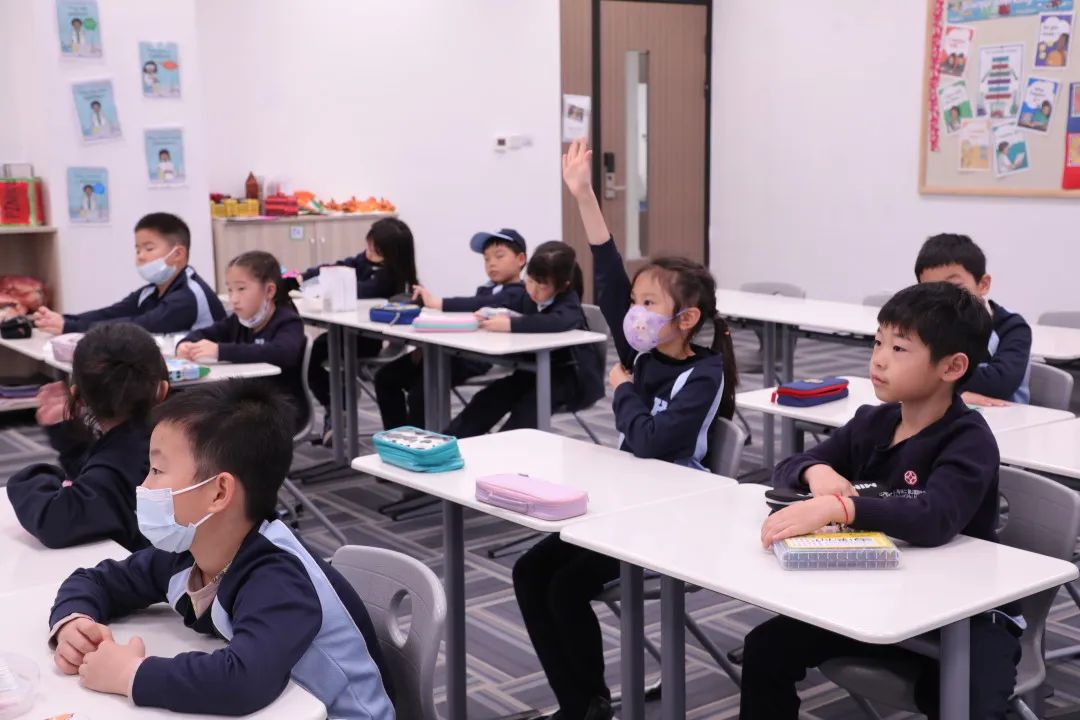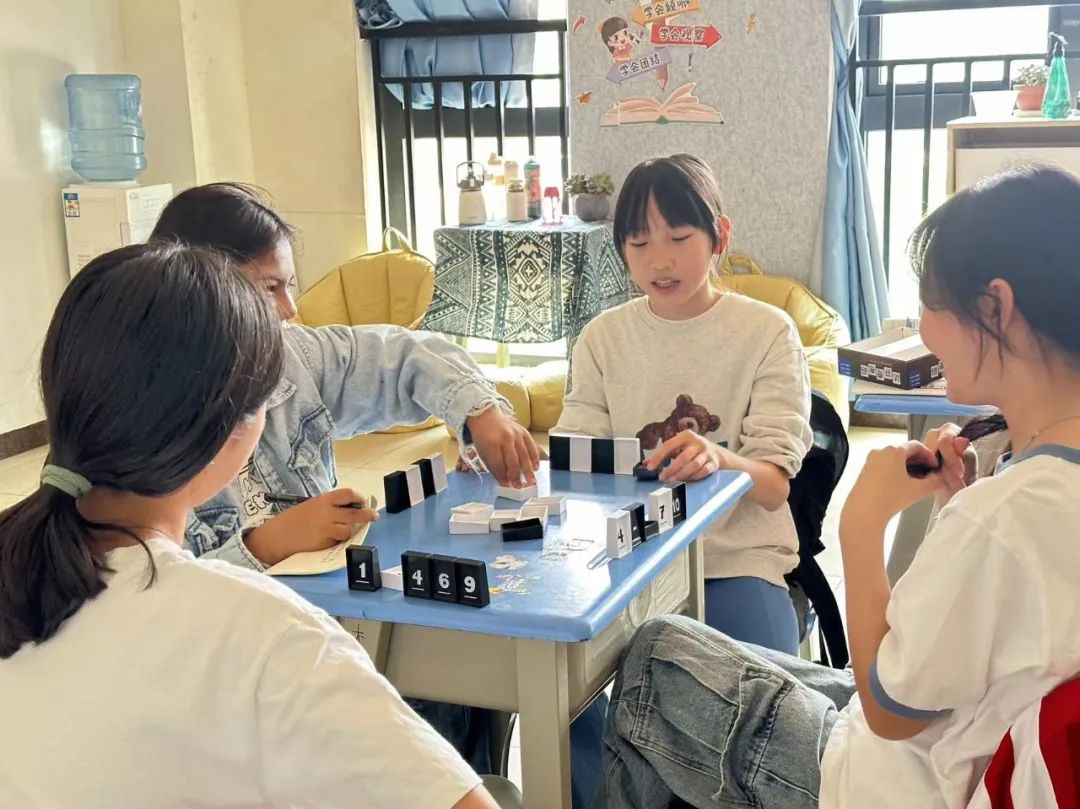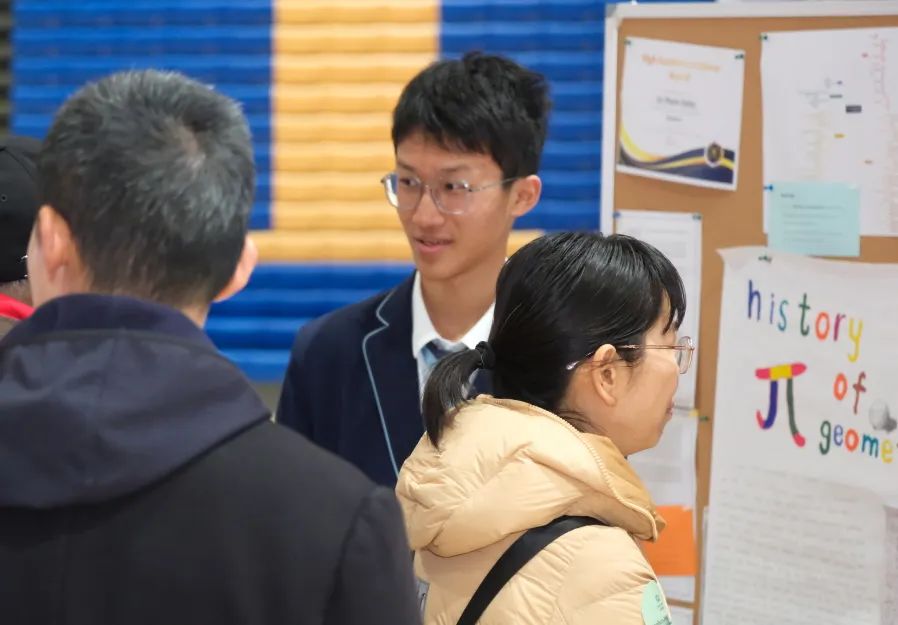In fact, a solid foundation does not conflict with innovative thinking or the abilities to solve practical problems. To use mathematical knowledge to solve problems in real situations, we must have a solid foundation of knowledge and basic skills.
In the design of mathematics teaching, the teachers of Dipont HC put scholars in real situations and guided them to observe the real world with mathematical vision and think about the real world with mathematical thinking through inquiry-based and project-based learning methods. They help scholars to express the real world with mathematical language, acquire knowledge, improve abilities and find ways to solve practical problems by relying on diversified project activities experience.
This kind of project-based learning is different from the classroom we were used to, where we were used to learning a knowledge point and then deepen our understanding by simple repetition. Project-based learning integrates basic knowledge with project-based learning. Whether it is Chinese mathematics or English mathematics, teachers will design various project activities, large and small, into daily their teaching, so that scholars can learn while practicing.
Understand that Math is more than knowing facts.
Scholars take control of their own learning.
Allow the application of knowledge to new situations.
For example:
Scholars in G2 learn multiplication, and teachers will guide scholars to make puzzle-boxes as they like, helping scholars better understand principles and memorize multiplication tables.
G3 scholars will learn fractions and try making a pie from a recipe, 3/4 onion, 1/4 sugar... They will combine different ingredients and seasonings together.
Scholars in G5 learn the area formula and can apply the area to real life by drawing house plans and building three-dimensional models. To learn polygon, the teachers will lead the scholars to measure the green area of the school, community or park, draw the area map and calculate the area according to the scale.
To learn negative numbers, G6 scholars not only have to know about and try to make thermometers, but also make presentations in the process of making them, sharing their methods of making and their own thoughts.
向右滑动查看中文

